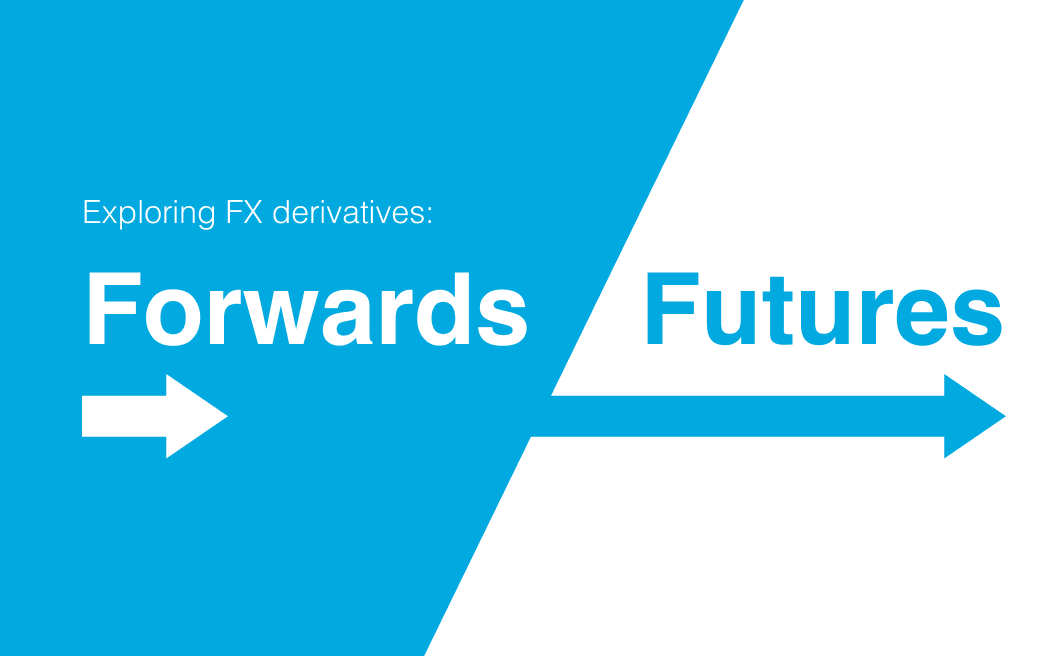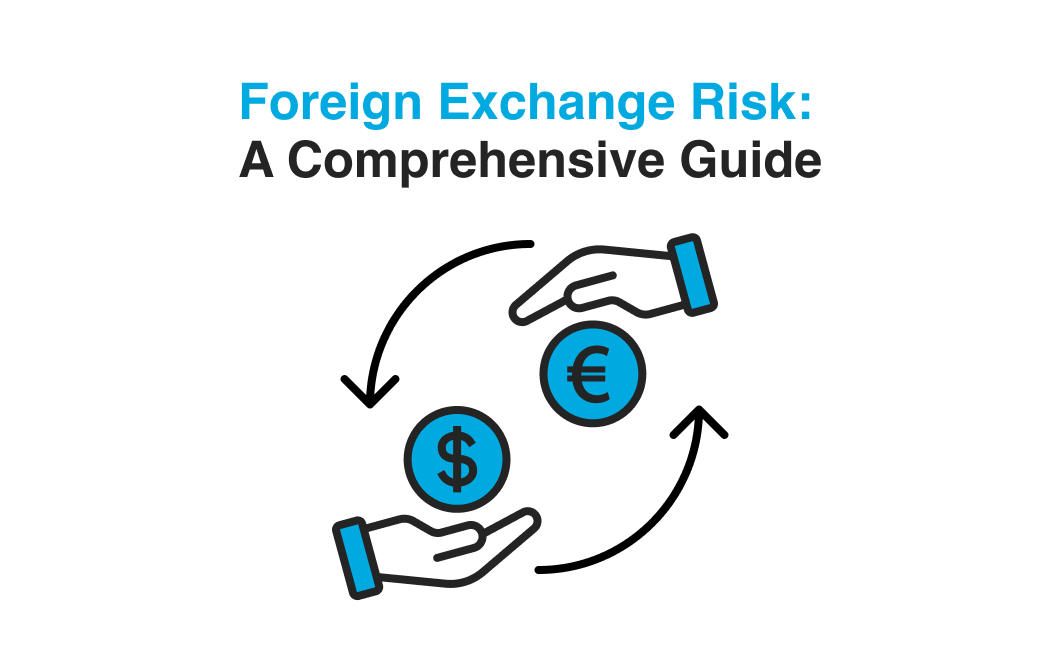Discover essential FX hedging strategies and currency management best practices from our foreign exchange experts.
How to Outperform Your Budget FX Eate
Outperform your budget rate every single year! In this article, we will present an exciting combination of hedging programs which will allow you to outperform your budget rate every year.
The challenges
Let's say that you're the CFO or the treasurer of a company that keeps fixed prices during an entire campaign or budget period. You can also pass the pricing impact of a sharp move in FX rates onto your customers at the beginning of a new campaign. In this scenario, you will have five key challenges to face:
- You will need to protect your budgeted operating profit margin from currency risk.
- If possible, you'd like to outperform your budget FX rate.
- You realise that your degree of forecast accuracy is not optimal. Perhaps it has been impaired due to supply chain disruption from recent events. Pandemics and wars, it would seem, are becoming the 'new normal'.
- You need to face the impact of interest rates shifting globally, as you sell in a currency that trades at a forward discount and/or you buy in a currency that trades at a forward premium. This is common for firms in strong currency areas such as North America and Europe.
- Finally, as all of this wasn't enough, you wish to minimise the amount of cash you set aside for margin/collateral requirements. These days, cash is King … or Queen!
That's a lot of challenges! Is there a way you can handle them all simultaneously? The surprising answer is yes!
What's the solution?
The solution to all these pain points is what we call a static hedging program combined with a micro-hedging program for firm commitments. It sounds a bit intimidating, but in the end, it boils down to the following five pillars:
- Determine the portion of the budget you wish to hedge at the start of the campaign period. This will depend on your degree of forecast accuracy.
- Set the budget rate: Set a buffer from the spot reference rate at the onset of the budget period and an FX rate you wish to defend in a 'worst-case scenario' in currency markets. This rate can be the budget rate used in the business for pricing purposes.
- Set conditional stop-loss orders around the FX rate to protect. Their weighted average should equal that rate.
- Set conditional take-profit orders beyond the rate to be protected so that you can take advantage of favourable moves in currency markets.
- Hedge incoming firm sales/purchase orders and adjust the exposure that remains to be hedged.
And … voilà!
What can you accomplish?
The combination just described provides many benefits. You're going to be in a position to systematically protect your budget rate. You're going to be able to delay the execution of hedges. You're going to benefit from the extreme precision of a micro-hedging program for firm commitments that virtually eliminates the cash flow exposure in your transactions.
And to the extent that profit-taking orders are hedged, or that firm commitments are hedged, they're going to be hedged at a better rate than your worst-case scenario FX rate. And that's why we say that you're going to be in a position to systematically outperform your budget rates year after year.
But I hope you share our enthusiasm about the tremendous benefits of such a combination of hedging programs, especially in times of predictable unpredictability, supply chain disruption and shifting interest rates.












